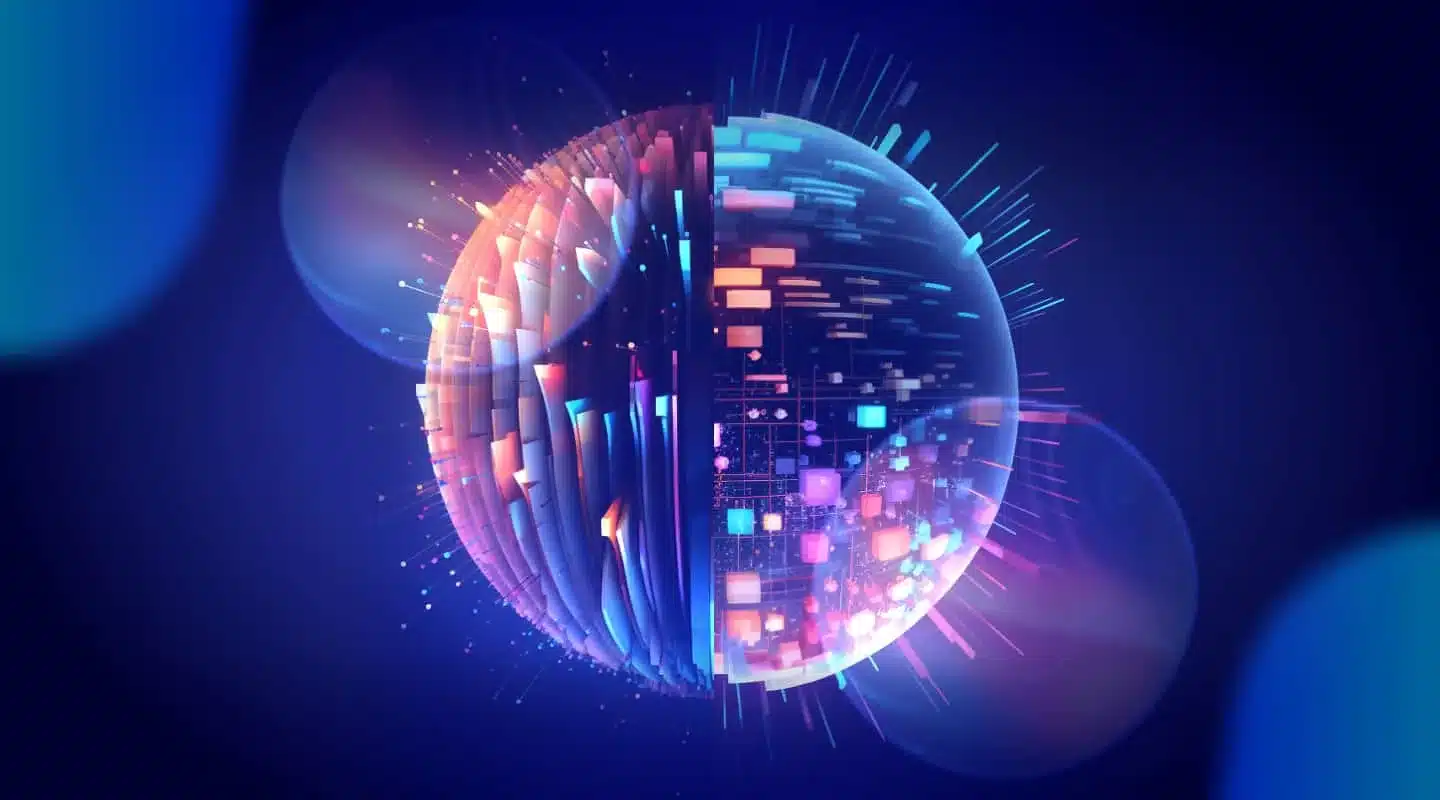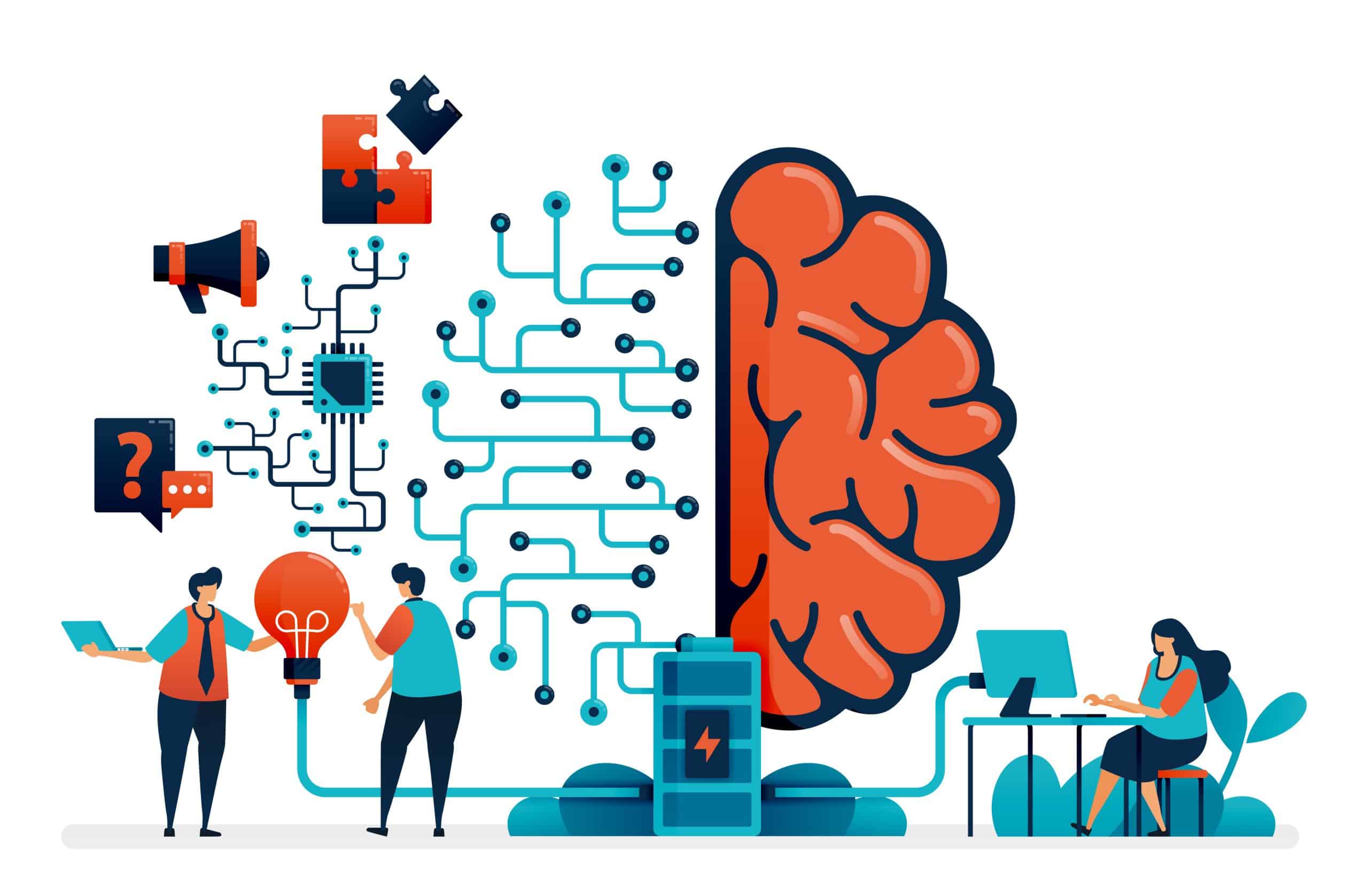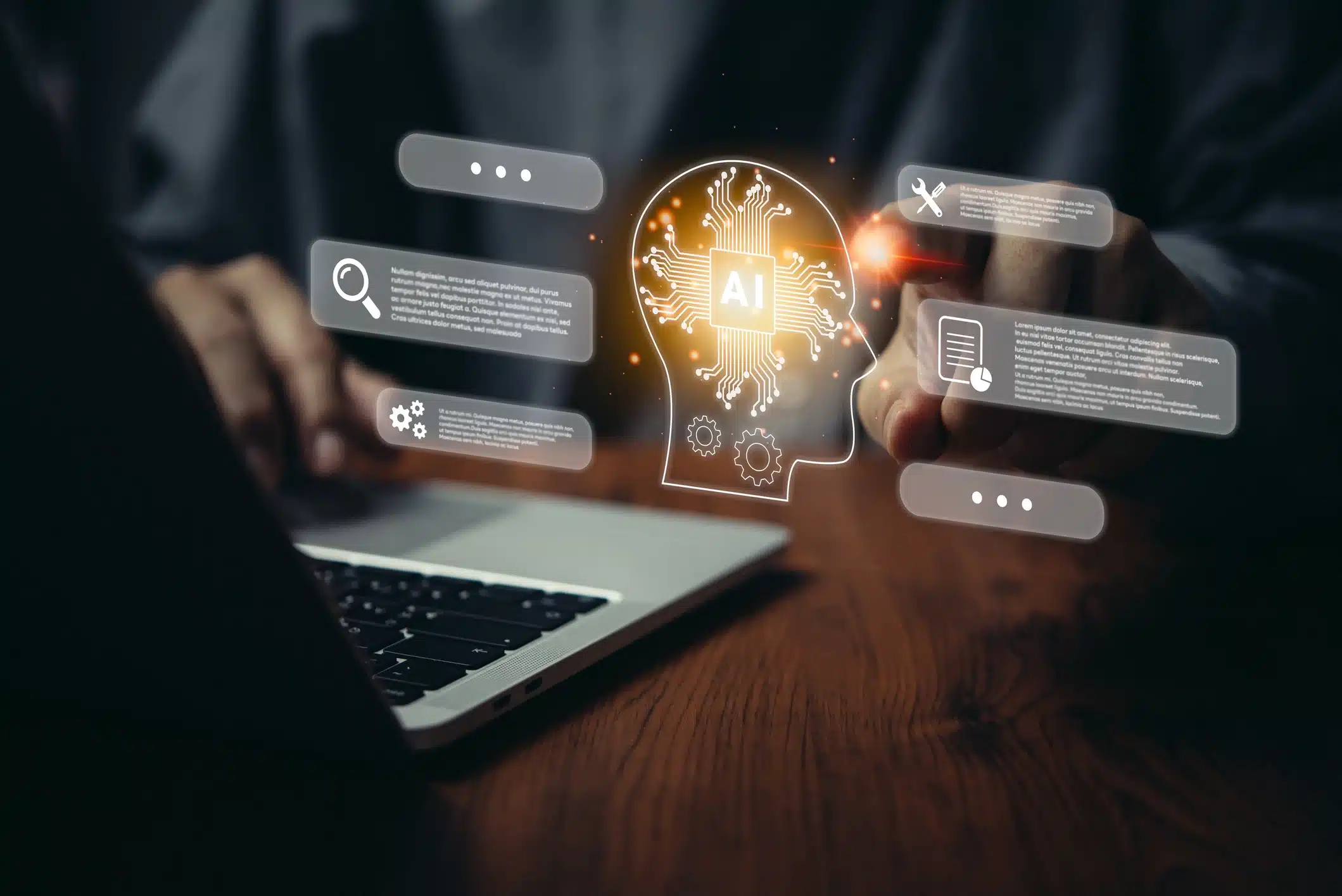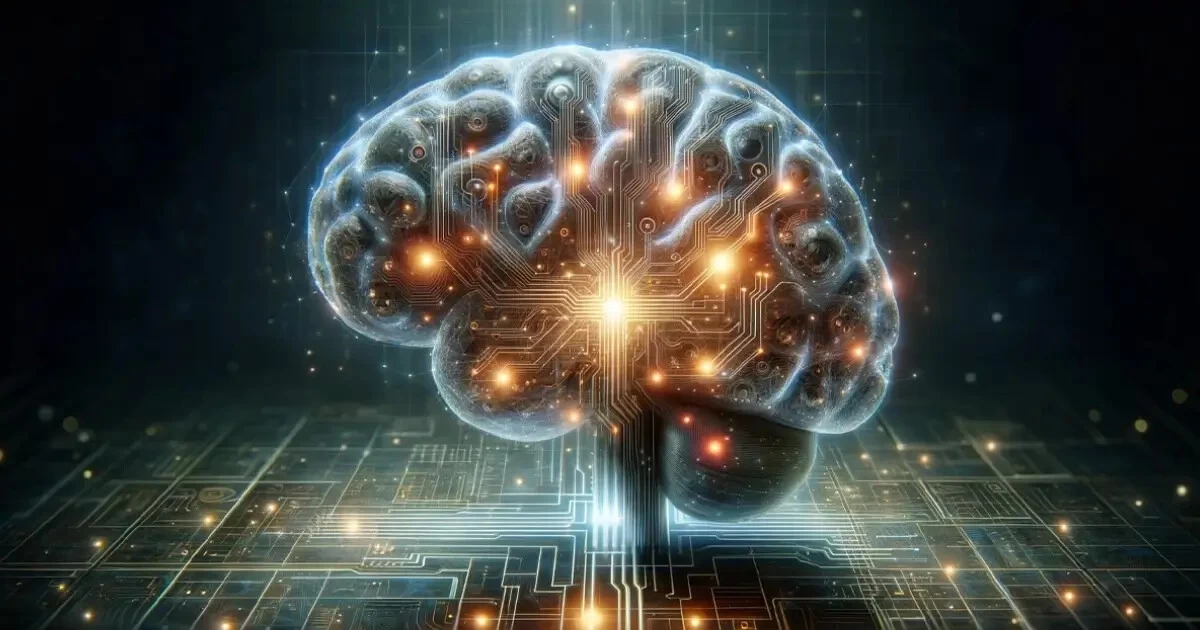- 💡 Artificial Intelligence (AI) is defined as enabling machines or computers to perform tasks intelligently similar to humans.
- 📚 The evolution of AI went through three phases: infancy stage (1956-1980), industrialization phase (1980-early 2000s), and flourishing phase (2000s-present), driven by advancements in computer hardware and data availability.
- 🖼️ Image recognition is a critical AI application, enhancing areas like video surveillance, autonomous driving, face recognition, and medical image analysis.
- 🗣️ Natural Language Processing (NLP) enables computers to understand and communicate in natural language, applied in text analytics, translation, robotics, and voice assistants.
- 🤖 Machine Learning is a significant AI tool, enabling algorithms to analyze data, make predictions, and recognize patterns, while Deep Learning focuses on understanding unstructured data like images and sounds.
- 🏥 AI finds applications in various industries like healthcare, finance, retail, education, home automation, farming, engineering, and autonomous vehicles.
- 💼 Tech giants like Google, Amazon, Microsoft, and Baidu heavily invest in AI to enhance business processes, customer experience, and competitiveness.
- 📈 AI drives firms to transform their business models across sectors and industries, offering complex data analytics techniques and capabilities to improve efficiency and customer experience.
In today’s fast-paced technological landscape, Artificial Intelligence (AI) stands out as a beacon of innovation, revolutionizing industries and reshaping the way we perceive and interact with technology. From its humble beginnings to its current ubiquity, AI has traversed a remarkable journey of evolution and applications, leaving an indelible mark on various sectors.
Understanding the Evolution of AI
AI, at its core, aims to empower machines or computers to perform tasks intelligently akin to humans. This concept has evolved significantly over the years, marked by distinct phases:
- Infancy Stage (1956-1980):
- During this nascent phase, AI emerged as an academic field with lofty aspirations. Researchers laid the groundwork for future advancements, exploring the potential of machines to mimic human intelligence.
- Industrialization Phase (1980-early 2000s):
- The advent of powerful computing hardware fueled the industrialization of AI. Algorithms and methodologies developed during this period paved the way for practical applications in various domains.
- Flourishing Phase (2000s-Present):
- The proliferation of data and computational resources propelled AI into its current golden age. Breakthroughs in machine learning and deep learning algorithms have unlocked unprecedented capabilities, driving innovation across industries.
Exploring AI Applications
AI’s impact transcends boundaries, permeating diverse sectors with its transformative potential:
- Image Recognition: AI powers critical applications such as video surveillance, autonomous driving, face recognition, and medical image analysis. By harnessing computer vision technology, machines can perceive and interpret visual data with remarkable accuracy.
- Natural Language Processing (NLP): NLP enables computers to comprehend and communicate in natural language, facilitating text analytics, translation, robotics, and voice assistants. Technologies like IBM Watson and Amazon Alexa exemplify the versatility of NLP in enhancing human-machine interaction.
- Machine Learning and Deep Learning: These twin pillars of AI empower algorithms to analyze data, make predictions, and uncover patterns. From face detection to object recognition, machine learning algorithms are instrumental in driving automation and efficiency across industries. Deep learning, with its ability to decipher unstructured data, revolutionizes fields like image and speech recognition, paving the way for groundbreaking applications.
AI Across Industries
The widespread adoption of AI has catalyzed innovation in numerous sectors:
- Healthcare: AI facilitates advancements in pathology, clinical decision support, drug development, and medical imaging. From disease diagnosis to personalized treatment plans, AI revolutionizes healthcare delivery and patient outcomes.
- Finance: In the financial sector, AI drives improvements in risk management, fraud detection, and customer service. By leveraging predictive analytics and algorithmic trading, financial institutions optimize decision-making processes and enhance profitability.
- Retail, Education, and Beyond: AI’s impact extends beyond traditional domains, permeating retail, education, home automation, farming, engineering, and autonomous vehicles. Tech giants like Google, Amazon, Microsoft, and Baidu lead the charge, investing heavily in AI to gain a competitive edge and deliver tailored experiences to users.
Embracing the Future of AI
As AI continues to evolve, organizations must embrace its transformative potential and adapt to the changing landscape:
- Investment in Talent and Infrastructure: Building a robust AI ecosystem requires investment in talent acquisition, training, and cutting-edge infrastructure. Organizations must cultivate a culture of innovation and collaboration to harness AI effectively.
- Ethical Considerations: With great power comes great responsibility. Ethical considerations surrounding AI, including data privacy, bias mitigation, and algorithmic transparency, must be prioritized to ensure responsible AI deployment.
- Collaboration and Partnerships: Collaboration between industry stakeholders, academia, and policymakers is essential to drive AI innovation responsibly. By fostering an ecosystem of collaboration, we can harness the collective wisdom and expertise to address societal challenges and unlock the full potential of AI.
In conclusion, Artificial Intelligence represents a paradigm shift in how we interact with technology, offering boundless opportunities for innovation and growth. By understanding its evolution, exploring diverse applications, and embracing ethical considerations, we can unlock the full potential of AI to shape a brighter future for humanity.







